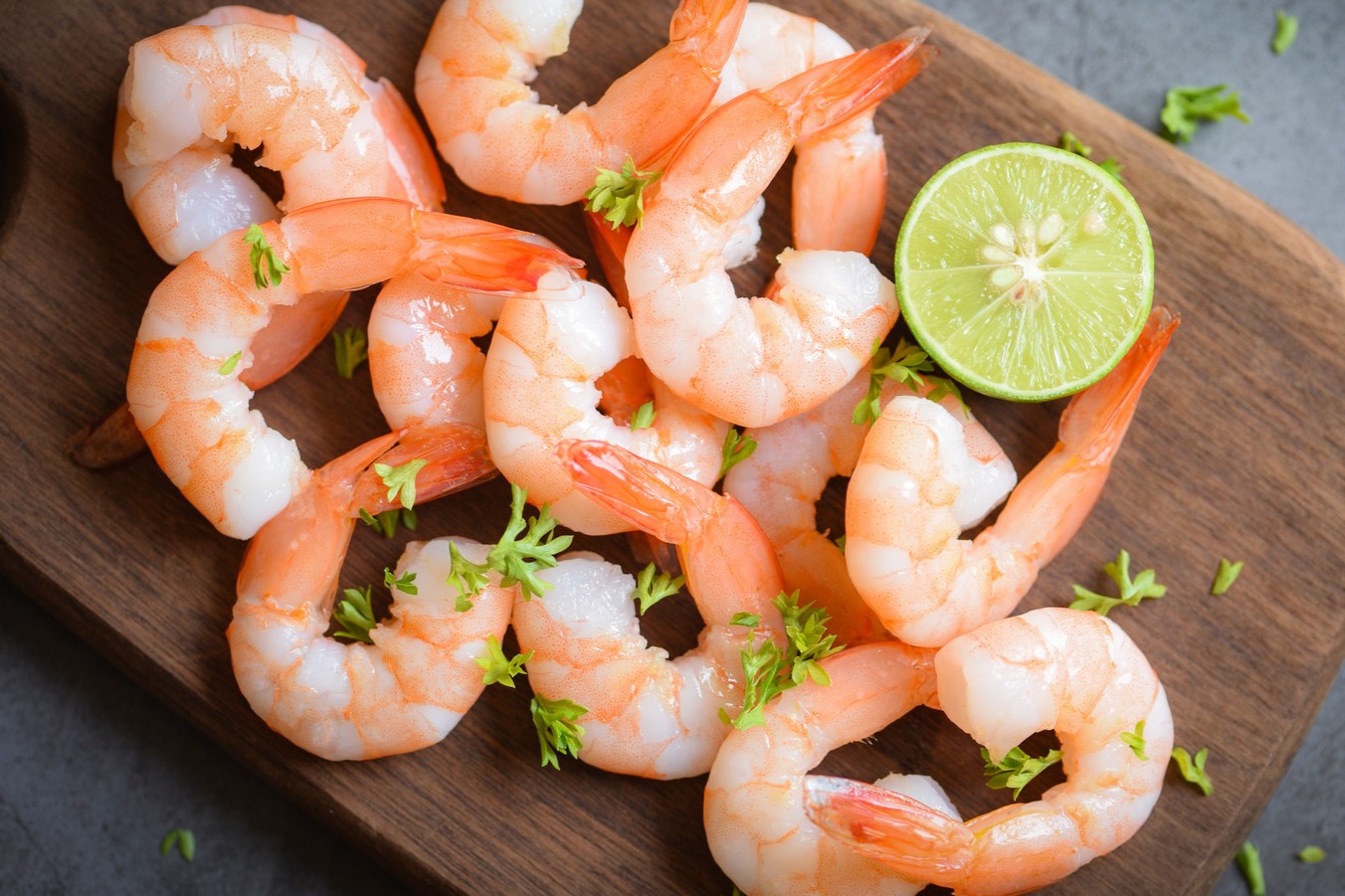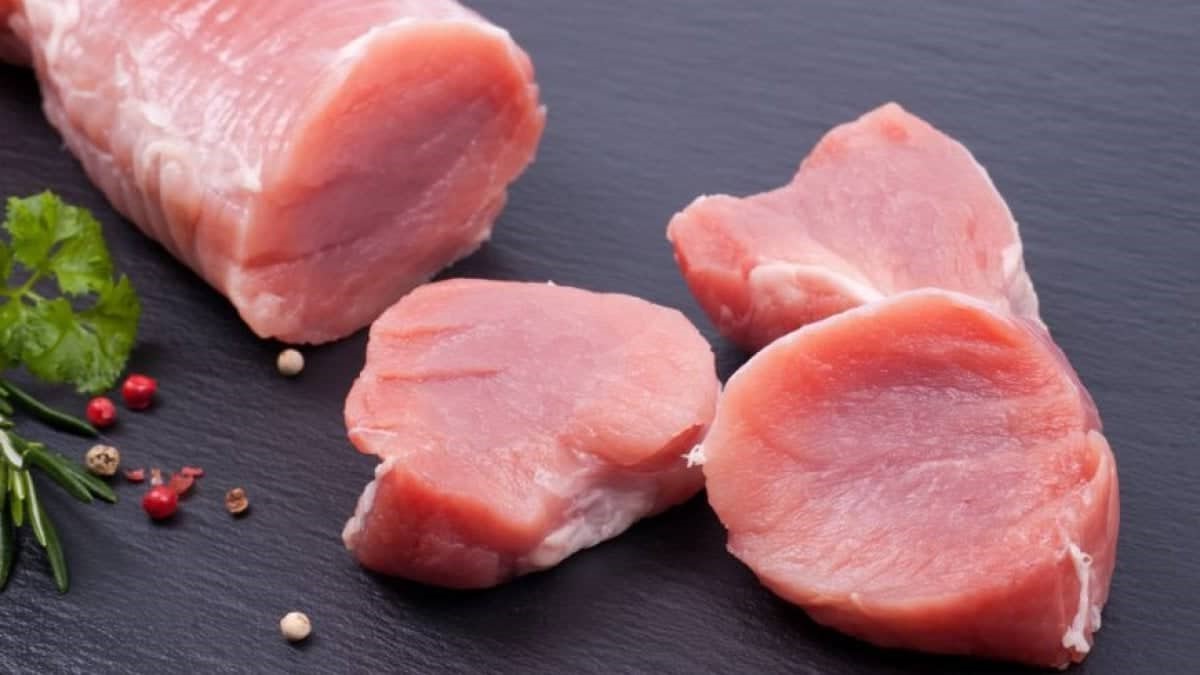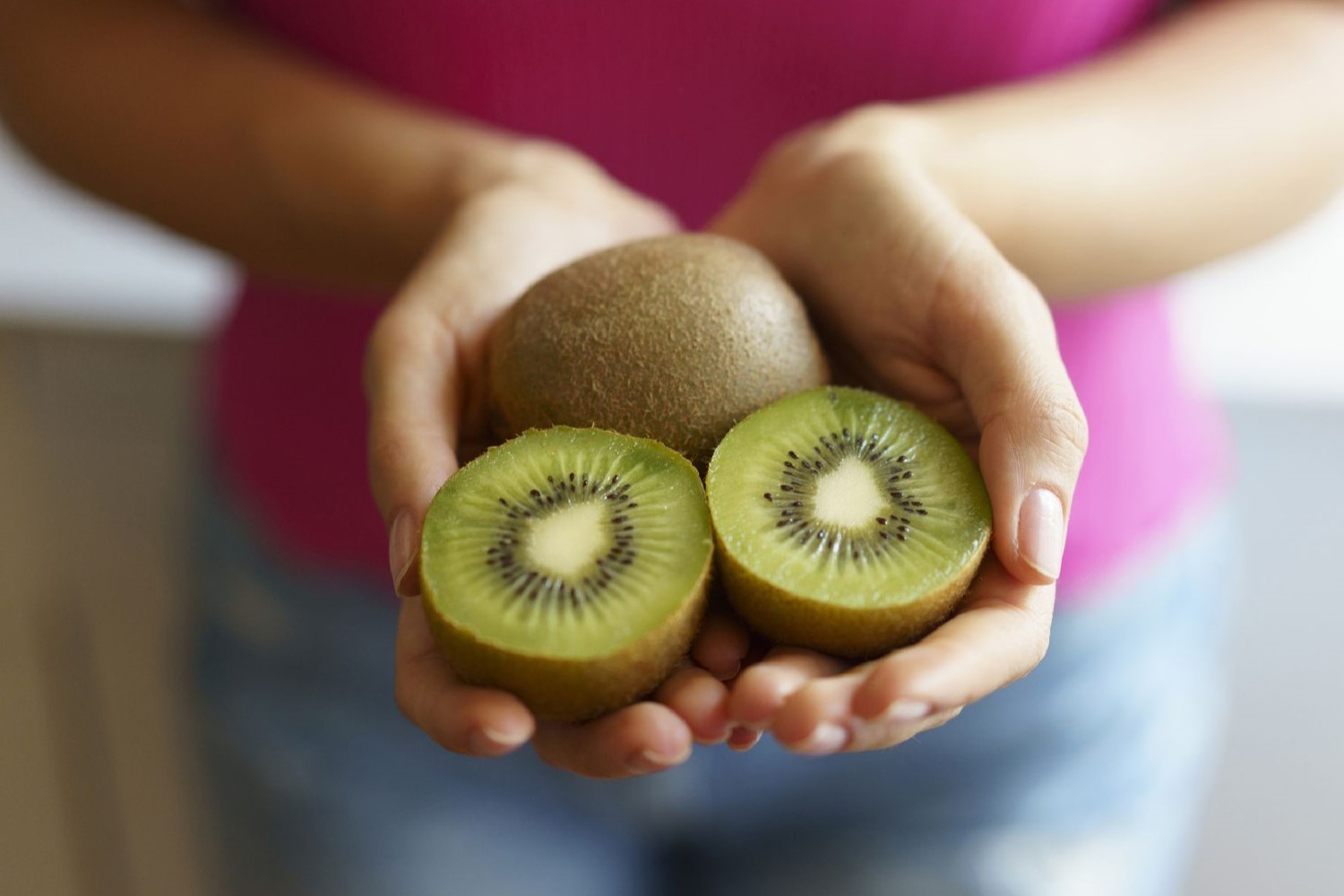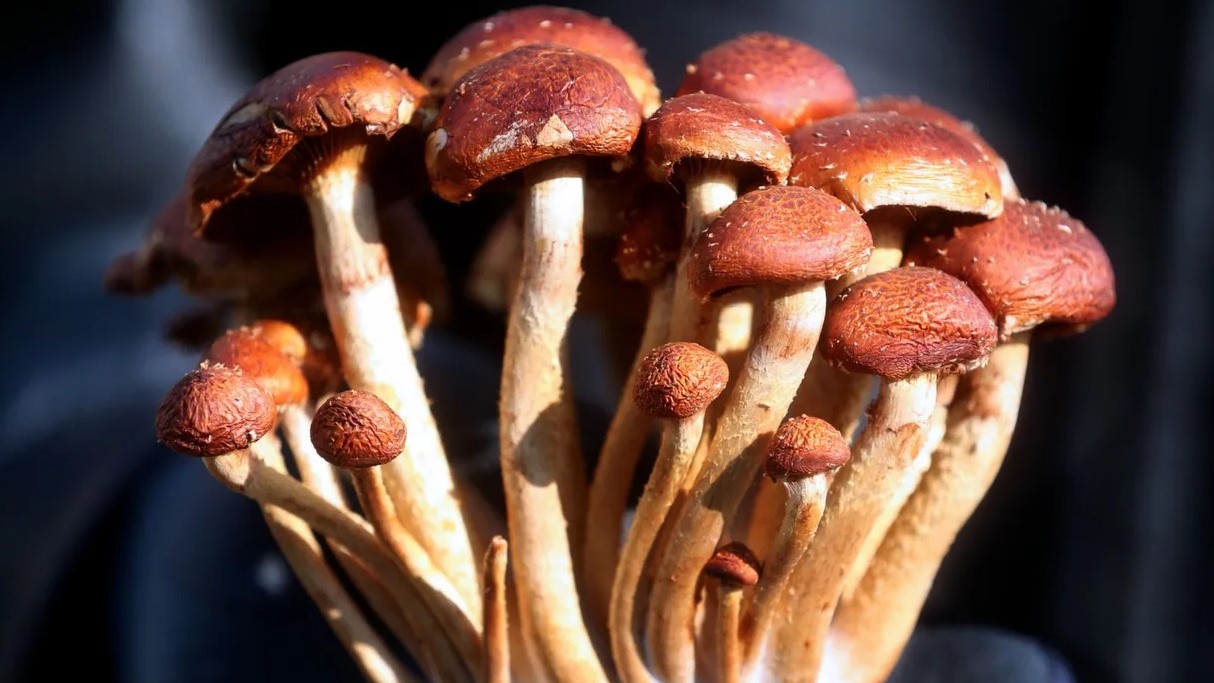Home>Food and Cooking>How To Tell If A Honeydew Is Ripe
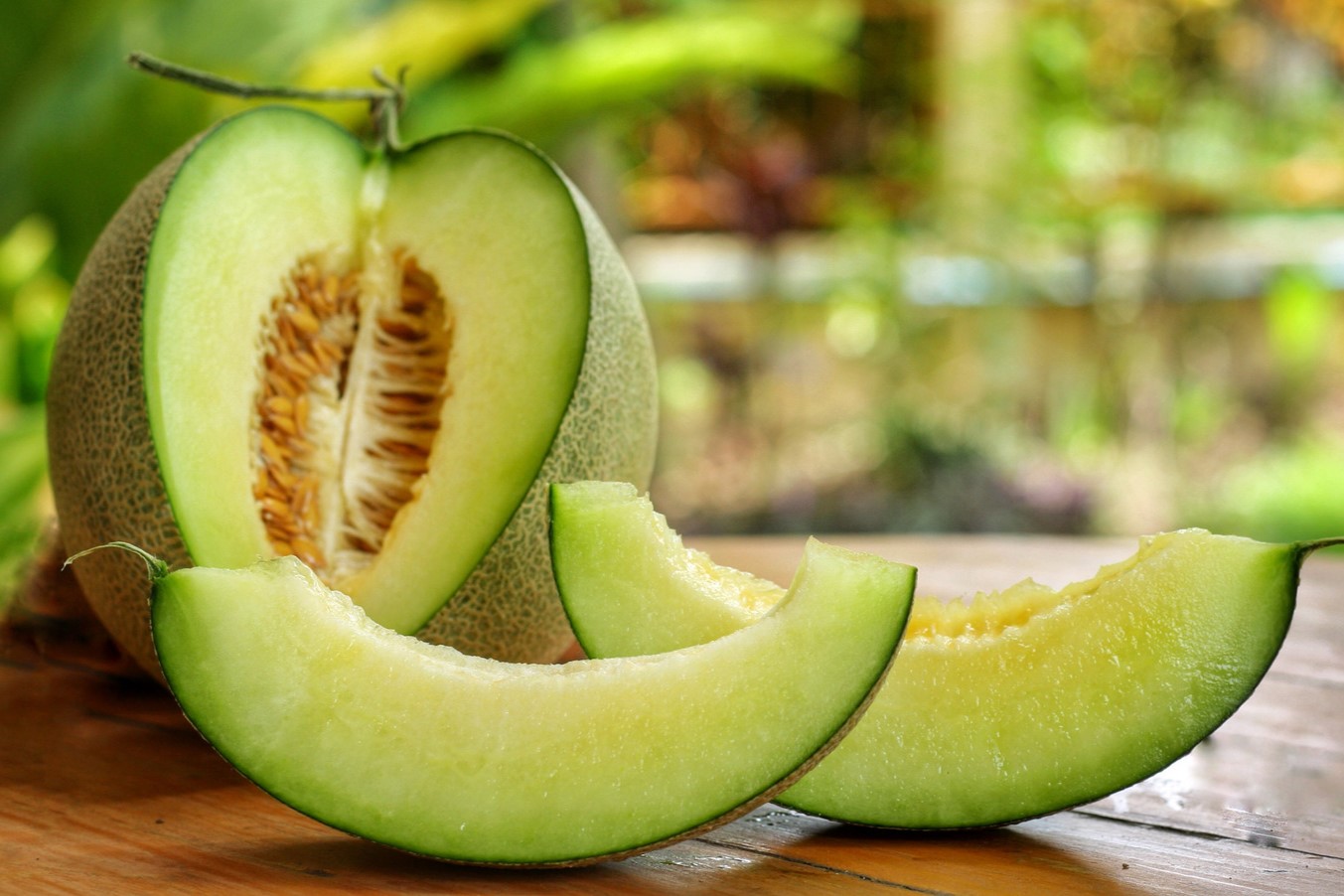

Food and Cooking
How To Tell If A Honeydew Is Ripe
Published: February 29, 2024
Learn how to determine if a honeydew is ripe and ready to eat with these simple tips. Discover the best methods for selecting and enjoying fresh produce. Ideal for food and cooking enthusiasts.
(Many of the links in this article redirect to a specific reviewed product. Your purchase of these products through affiliate links helps to generate commission for Noodls.com, at no extra cost. Learn more)
Introduction
Selecting a perfectly ripe honeydew melon is an art form that can elevate your culinary experience. The sweet, succulent flesh of a ripe honeydew is a delightful addition to fruit salads, smoothies, and desserts. However, identifying a ripe honeydew from a lineup of unripe ones can be a daunting task for many. Fear not, as this comprehensive guide will equip you with the knowledge and skills to confidently choose a ripe honeydew every time.
Understanding the subtle cues that indicate ripeness is crucial. From the external appearance to the sensory experience, each aspect plays a vital role in determining the readiness of a honeydew melon. By mastering these indicators, you can ensure that the honeydew you bring home is at the peak of its flavor and juiciness.
Embark on this journey of discovery as we delve into the nuances of selecting a ripe honeydew. Uncover the secrets hidden within its appearance, texture, aroma, and even the sound it produces when tapped. By the end of this guide, you will possess the expertise to confidently discern the perfect honeydew, ensuring that each slice bursts with sweetness and lusciousness. Let's embark on this flavorful adventure and unlock the secrets of identifying a ripe honeydew melon.
Read more: How To Tell When A Pomegranate Is Ripe
Appearance
The appearance of a honeydew melon can provide valuable insights into its ripeness. When selecting a honeydew, the first visual cue to consider is its skin. A ripe honeydew typically features a pale, creamy yellow or golden rind, with a slightly waxy texture. The color should appear consistent and free from any prominent green patches, indicating that it has fully matured on the vine. While some green undertones are common, an overall yellow hue signifies optimal ripeness.
Inspect the surface of the honeydew for a subtle softness, which indicates that the fruit has reached its peak ripeness. However, it's important to note that the skin should not be overly soft or show signs of wrinkling, as this could indicate overripeness. A ripe honeydew should yield slightly to gentle pressure without feeling mushy.
Another aspect of the honeydew's appearance to consider is the presence of a smooth, unblemished skin. A ripe honeydew typically boasts a flawless exterior, free from bruises, cuts, or soft spots. These imperfections can be indicative of internal spoilage or underripeness. Additionally, a ripe honeydew tends to have a symmetrical shape and feel heavy for its size, signaling a high water content and juiciness.
When examining the stem end of the honeydew, look for a subtle indentation, indicating that the fruit has naturally detached from the vine. This detachment signifies that the honeydew has ripened fully on the plant, enhancing its flavor and sweetness. Conversely, an unripe honeydew may exhibit a prominent, raised stem end, suggesting that it was harvested prematurely.
In summary, a ripe honeydew's appearance encompasses a harmonious blend of pale yellow hues, a slightly yielding texture, and a flawless exterior. By honing your observation of these visual cues, you can confidently discern a perfectly ripe honeydew melon, ensuring a delectable and refreshing culinary experience.
Texture
The texture of a honeydew melon is a crucial indicator of its ripeness, offering valuable clues to discern its readiness for consumption. When gently pressing the surface of a ripe honeydew, it should yield slightly under pressure, akin to pressing a ripe avocado. This subtle give indicates that the fruit has reached its optimal juiciness and sweetness, signifying a delectable eating experience. However, it's important to note that the texture should not feel excessively soft or mushy, as this could denote overripeness and a potential loss of flavor and firmness.
Upon running your fingers over the skin of a ripe honeydew, you may notice a slight tackiness or stickiness, which is a positive sign of ripeness. This delicate stickiness is a result of natural sugars exuding from the fruit, indicating that it is at the peak of its sweetness. Additionally, a ripe honeydew's skin may exhibit a subtle velvety texture, further affirming its readiness for consumption.
When slicing into a ripe honeydew, the flesh should present a firm yet yielding texture, offering a juicy and succulent bite. The flesh near the seed cavity should be soft and tender, while the outer flesh maintains a pleasing firmness. This contrast in texture within the fruit signifies a well-ripened honeydew, ensuring a delightful interplay of flavors and mouthfeel.
In contrast, an unripe honeydew often features a firm, unyielding texture, with minimal give when gently pressed. The skin may feel hard and lack the slight tackiness characteristic of a ripe honeydew. When cut open, the flesh of an unripe honeydew tends to be pale and firm, lacking the luscious juiciness and sweetness that define a perfectly ripe melon.
Mastering the art of assessing a honeydew's texture is essential for selecting a melon at the peak of its ripeness. By honing your tactile perception and recognizing the subtle nuances of texture, you can confidently identify a ripe honeydew, ensuring a delectable and refreshing culinary experience with each slice.
Smell
The sense of smell plays a pivotal role in discerning the ripeness of a honeydew melon. A ripe honeydew emits a subtle, sweet fragrance that tantalizes the senses, offering a preview of the luscious flavor concealed within its pale green flesh. When selecting a honeydew, take a moment to bring the fruit close to your nose and inhale deeply. A ripe honeydew exudes a delicate aroma reminiscent of honey and floral notes, with a hint of muskiness that signifies its readiness for consumption.
The aroma of a ripe honeydew is often described as fragrant and inviting, evoking images of sun-drenched orchards and bountiful harvests. This alluring scent is a result of the fruit's natural sugars reaching their peak, infusing the air with a subtle sweetness that hints at the delectable experience awaiting your taste buds. As you breathe in the honeydew's aroma, you may detect a nuanced blend of floral undertones, reminiscent of a summer breeze carrying the scent of blooming flowers.
In contrast, an unripe honeydew may lack a discernible fragrance or emit a faint, vegetal scent, indicating that it has not yet developed its full sweetness and flavor. The absence of a fragrant aroma suggests that the honeydew is still in the process of maturation, prompting you to seek a more ripe specimen for an optimal culinary experience.
Mastering the art of discerning a honeydew's ripeness through its aroma requires a keen sense of smell and an appreciation for the subtle nuances of fragrance. By embracing this sensory journey, you can confidently select a honeydew that promises a symphony of flavors and aromas, enriching your culinary creations with its irresistible sweetness and fragrance.
Sound
The concept of using sound as a criterion for assessing the ripeness of a honeydew melon may seem unconventional, yet it holds merit in the realm of fruit selection. When gently tapping or thumping a ripe honeydew, it produces a deep, resonant sound that reverberates through the fruit. This characteristic sound, often described as a low, hollow thud, is an indicator of the honeydew's maturity and juiciness.
To employ this technique, cup your hand and gently rap your knuckles against the surface of the honeydew. A ripe melon will yield a deep, echoing sound that suggests a dense and succulent interior. This resonant thud is a result of the fruit's high water content and tender flesh, signifying optimal ripeness. In contrast, an unripe honeydew tends to produce a higher-pitched, dull sound, indicating that it may lack the juiciness and sweetness associated with a perfectly ripe melon.
The science behind this auditory assessment lies in the density and moisture content of the fruit. A ripe honeydew, brimming with sweet, flavorful juices, offers less resistance to the impact of the tapping motion, resulting in a resonant, low-pitched sound. This phenomenon reflects the fruit's readiness for consumption, providing a sensory cue that complements visual and tactile assessments.
While the sound test may not be foolproof on its own, when combined with other indicators such as appearance, texture, and aroma, it contributes to a comprehensive approach to selecting a ripe honeydew. By integrating the auditory element into the process of fruit evaluation, you can further refine your ability to identify a honeydew at the peak of its ripeness, ensuring a delightful and satisfying culinary experience.
Incorporating the sound test into your repertoire of fruit selection techniques adds a layer of sensory engagement, transforming the process of choosing a honeydew into a multisensory exploration. Embrace the resonance of a perfectly ripe honeydew as it responds to your gentle taps, and revel in the anticipation of savoring its juicy, delectable flesh.
Weight
The weight of a honeydew melon serves as a valuable indicator of its ripeness and juiciness. When selecting a honeydew, its weight can offer crucial insights into the fruit's internal composition and hydration level. A ripe honeydew typically feels heavy for its size, signifying a high water content and succulent flesh. This weightiness is a result of the fruit's ample moisture, which contributes to its juiciness and overall eating experience.
When cradling a ripe honeydew in your hand, you will notice a satisfying heft that belies its size. This weight is a testament to the fruit's hydration and ripeness, indicating that it is brimming with flavorful juices. The sensation of holding a heavy honeydew conveys a promise of lusciousness and sweetness, foreshadowing the delightful experience that awaits when you indulge in its tender flesh.
Conversely, an unripe honeydew may feel lighter than expected for its size, signaling a lower water content and underdeveloped sweetness. This disparity in weight between ripe and unripe honeydews underscores the significance of this criterion in fruit selection. By discerning the weight of a honeydew, you can gauge its readiness for consumption and ensure that you bring home a melon that embodies the epitome of ripeness.
The weight of a honeydew also reflects the distribution of its internal components, such as the flesh and seed cavity. A ripe honeydew, with its generous water content, imparts a balanced and substantial weight, indicating a harmonious distribution of moisture-laden flesh. This equilibrium contributes to the fruit's juiciness and succulence, enhancing its appeal as a delectable addition to various culinary creations.
In summary, the weight of a honeydew melon serves as a tangible testament to its ripeness and juiciness. By embracing this criterion in conjunction with other indicators, such as appearance, texture, aroma, and sound, you can refine your ability to select a perfectly ripe honeydew. The weightiness of a ripe honeydew encapsulates the promise of a flavorful and refreshing culinary experience, ensuring that each slice yields a symphony of sweetness and juiciness.
Color
The color of a honeydew melon serves as a visual testament to its ripeness and readiness for consumption. When selecting a honeydew, the hue of its rind offers valuable insights into the fruit's maturity and flavor profile. A ripe honeydew typically exhibits a pale, creamy yellow or golden coloration, with a hint of green undertones. This harmonious blend of hues signifies that the melon has fully matured on the vine, developing its natural sweetness and succulence.
The presence of a consistent, pale yellow or golden color across the honeydew's surface indicates that it has undergone the ripening process, resulting in a delectable flavor and tender texture. While some green patches may be present, an overall yellow hue signifies that the honeydew is at the peak of its ripeness, promising a delightful eating experience. It's important to note that a honeydew with a predominantly green rind may indicate underripeness, prompting you to seek a more mature specimen for optimal flavor and juiciness.
When examining the color of a honeydew, it's essential to look for a uniform distribution of hues without prominent discolorations or dark spots. A ripe honeydew boasts a flawless exterior, free from blemishes or irregular colorations, signifying its readiness for consumption. The absence of dark or discolored areas indicates that the fruit has ripened evenly, enhancing its overall flavor and texture.
In addition to the external coloration, the internal flesh of a ripe honeydew also exhibits a pale, creamy hue, indicative of its sweetness and succulence. When slicing into a ripe honeydew, you will encounter a tender, pale green flesh that embodies the essence of ripeness. This consistent coloration throughout the fruit's interior reaffirms its readiness for consumption, promising a refreshing and flavorful culinary experience.
In contrast, an unripe honeydew may feature a predominantly green rind, signaling that it has not yet reached its optimal ripeness. The presence of prominent green hues on the surface of the honeydew suggests that it may lack the sweetness and juiciness characteristic of a perfectly ripe melon. Additionally, an underripe honeydew may exhibit irregular colorations or dark spots, indicating that it requires additional time to mature and develop its full flavor profile.
Mastering the art of discerning a honeydew's ripeness through its coloration is essential for selecting a melon at the peak of its flavor and succulence. By honing your observation of the external and internal hues, you can confidently identify a ripe honeydew, ensuring a delectable and refreshing culinary experience with each slice.
Stem end
The stem end of a honeydew melon holds valuable clues about its ripeness and readiness for consumption. When examining the stem end of a honeydew, look for a subtle indentation or concave area where the stem was once attached. This indentation signifies that the honeydew has naturally detached from the vine, indicating that it has ripened fully on the plant. This natural detachment is a crucial indicator of the honeydew's maturity, as it suggests that the fruit has been allowed to reach its optimal sweetness and flavor on the vine.
Conversely, an unripe honeydew may exhibit a raised or prominent stem end, indicating that it was harvested prematurely. The presence of a raised stem end suggests that the honeydew was detached from the vine before reaching its full ripeness, potentially impacting its flavor and juiciness. By recognizing the significance of the stem end's indentation, you can discern a ripe honeydew that has undergone the natural ripening process, ensuring a delectable and satisfying eating experience.
In addition to the physical characteristics of the stem end, consider the presence of any residual stem or stem remnants. A ripe honeydew typically features a clean, dry stem end, free from any attached stem fragments or excessive moisture. This dryness indicates that the honeydew has been handled and stored appropriately, preserving its ripeness and flavor. Conversely, a damp or moist stem end may suggest improper handling or storage, potentially impacting the honeydew's overall quality.
When selecting a honeydew, pay close attention to the stem end's appearance and texture, seeking out fruits with a subtle indentation and a clean, dry surface. By incorporating the assessment of the stem end into your fruit selection process, you can enhance your ability to identify a perfectly ripe honeydew, ensuring a delightful and refreshing culinary experience with each slice.
Bottom end
The bottom end of a honeydew melon offers valuable insights into its ripeness and suitability for consumption. When examining the bottom end of a honeydew, it is essential to look for specific indicators that can guide the selection of a perfectly ripe fruit. One of the key aspects to consider is the presence of a subtle blossom end scar, which serves as a significant marker of the honeydew's maturity.
A ripe honeydew typically features a well-defined, shallow blossom end scar, indicating that the fruit has fully matured and ripened on the vine. This scar, also known as the blossom or stylar end, is the point where the fruit was attached to the plant during its growth. The presence of a shallow, well-defined scar suggests that the honeydew has undergone the natural ripening process, developing its sweetness and succulence to perfection.
Conversely, an unripe honeydew may exhibit a pronounced or deep blossom end scar, signaling that it was harvested prematurely. The presence of a prominent scar indicates that the fruit was detached from the vine before reaching its optimal ripeness, potentially impacting its flavor and texture. By recognizing the significance of the blossom end scar, you can discern a ripe honeydew that has been allowed to mature fully, ensuring a delectable and satisfying eating experience.
In addition to the blossom end scar, it is important to assess the overall condition of the bottom end. Look for a clean, dry surface free from excessive moisture or signs of decay. A ripe honeydew typically presents a smooth, intact bottom end, indicating that the fruit has been handled and stored appropriately to preserve its ripeness and flavor.
When selecting a honeydew, paying attention to the bottom end's characteristics can significantly enhance the ability to identify a perfectly ripe fruit. By incorporating the assessment of the blossom end scar and overall condition into the fruit selection process, one can ensure a delightful and refreshing culinary experience with each slice of a ripe honeydew.
Read more: How To Tell A Two Way Mirror
Conclusion
Selecting a perfectly ripe honeydew melon is a rewarding pursuit that elevates the culinary experience, infusing it with sweetness, juiciness, and refreshing flavors. Throughout this comprehensive guide, we have embarked on a sensory journey, exploring the subtle cues and indicators that signify the optimal ripeness of a honeydew. From its appearance and texture to its aroma, sound, weight, color, stem end, and bottom end, each aspect offers valuable insights into the fruit's readiness for consumption.
By mastering the art of discerning a ripe honeydew, you can ensure that each slice bursts with sweetness and lusciousness, enhancing fruit salads, smoothies, and desserts with a symphony of flavors. The visual cues of a pale, creamy yellow or golden rind, a slightly yielding texture, and a flawless exterior guide us toward selecting a honeydew at the peak of its ripeness. The delicate stickiness and velvety texture further affirm the fruit's readiness for consumption, promising a delightful eating experience.
The sensory engagement continues as we explore the honeydew's fragrance, with its subtle notes of honey, florals, and muskiness, offering a preview of the luscious flavor concealed within its pale green flesh. The auditory assessment, often overlooked, introduces the concept of using sound as a criterion for evaluating ripeness, adding a layer of sensory engagement to the fruit selection process.
The weight of a honeydew serves as a tangible testament to its ripeness, offering crucial insights into the fruit's internal composition and hydration level. The harmonious blend of hues, both externally and internally, provides a visual testament to the honeydew's maturity and flavor profile, guiding us toward selecting a fruit that embodies the epitome of ripeness.
As we delve into the subtle details of the stem end and bottom end, we uncover additional indicators that affirm the honeydew's natural ripening process, ensuring that it has reached its optimal sweetness and succulence. By embracing these multifaceted criteria, we refine our ability to select a perfectly ripe honeydew, ensuring a delightful and satisfying culinary experience with each slice.
In conclusion, the journey of identifying a ripe honeydew transcends mere fruit selection; it is a sensory exploration that enriches our culinary endeavors. By honing our observation of the honeydew's appearance, texture, aroma, sound, weight, color, stem end, and bottom end, we empower ourselves to confidently discern a perfectly ripe fruit, ensuring that each encounter with a honeydew melon is a celebration of sweetness, juiciness, and delectable flavors.





